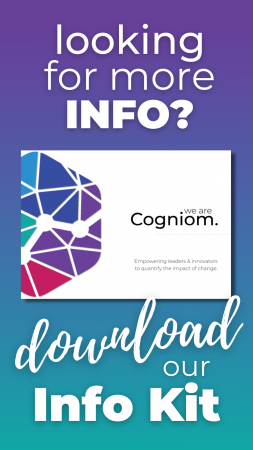Executives only does not a team make.
The phrase ‘new normal’ has quickly become one of those over used phrases with the pandemic forcing our hand to create them faster than ever before. How we work, receive medical care, communicate and shop have all changed significantly and it’s how we manage and adapt to those new landscapes that is the real new normal.
But if we look at the pandemic with the view of finding silver linings, maybe it was the kick in the pants so many industries needed to embrace innovation and improve systems and processes.

While some industries may have missed the memo that change is upon us, most have accepted the fact that embracing change is the best way forward, but to ensure the success and adoption of change, we first must get the foundations right.
This is where another one of those over used sayings comes in to play.
“There is no I in team.”
Or maybe… teamwork makes the dream work.
OR maybe in the spirit of change, we should make a new one:
“Executives only does not a team make.”
Embracing change is no easy feat with every business possessing its own array of moving parts to consider. What makes the process easier is bringing everyone along for the ride to gain the understanding needed to make the right decisions.
Before your next change project, consider these three pillars to understand where you are, where you want to be and why its important to involve your team.
Making decisions that are based on biased, incomplete, or outdated information is sure to provide lacklustre results when implementing change.
By learning more about how a day for frontline staff unfolds, where their time is being wasted or could be put to better use and how inefficient tools and processes hinder them allows leaders to discover where problems really lay and where potential revenue opportunities may exist.
Armed with this information leaders can establish ‘before and after’ baselines, prove (or disprove!) assumptions, make educated decisions and work with teams to ensure their workflows and overall business outcomes are positively impacted.
The ‘before and after’ baselines are crucial to proving a successful change implementation.
When leaders work with frontline staff to understand how time is being spent, they can start to calculate the cost of current processes and inefficiencies with certainty, and identify the value change can create.
Those baselines also pave the way to ensure return on investment metrics are being reached, allowing leaders to properly quantify the impact of change.
Check out last month’s blog about ensuring you’re measuring ROI correctly!
Engaging frontline workers throughout a change implementation project not only bridges the communication gap between them and management but encourages a higher adoption success rate.
Understanding their point of view and including them in the discovery process allows them to believe in the change being implemented and bring everyone to the same page in solving a problem.
Frontline workers are a business’ greatest asset. They see and hear everything and are an invaluable source of insights. While financial reports and assumptions based on historical data provide their own value, they will never be able to truly articulate the why and where problems really exist.








